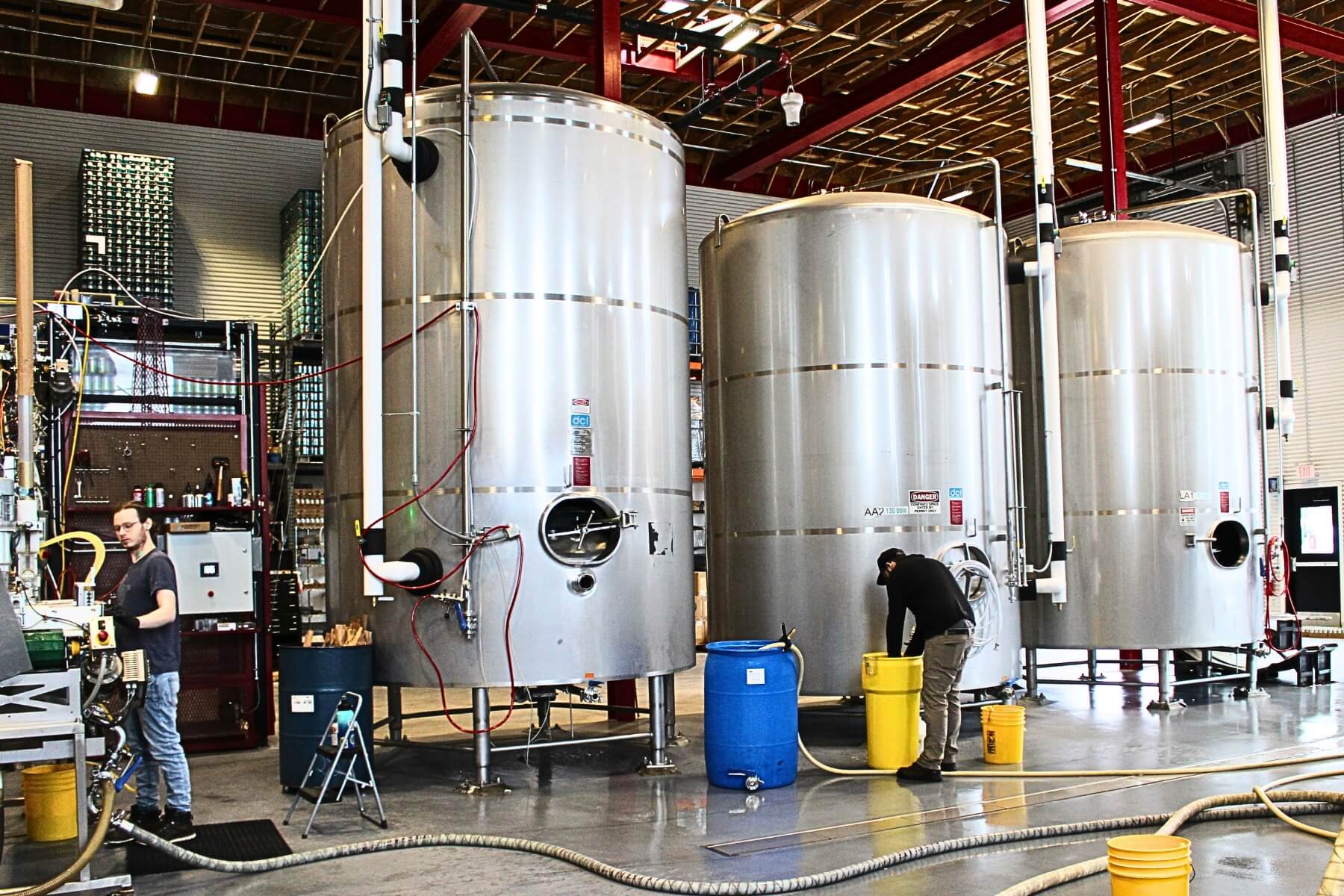Reducing Energy Costs from HVAC Equipment
Heating, ventilation, and air-conditioning (HVAC) units require a considerable amount of energy to maintain the climate of a building. EPA studies have shown HVAC operations typically account for 40-60 percent of a commercial building’s energy use. Automated climate control systems which change to meet the business needs within a building have been proven to conserve energy.
Controlled Parameters
For the built environment to be comfortable and cost-effective, temperature, humidity, pressure, and ventilation should be considered. According to ASHRAE, optimum temperature ranges are 68-75 degrees Fahrenheit in the winter and 73-79 degrees Fahrenheit in the summer. Relative humidity should be maintained between 25 and 60 percent. 20 CFM is recommended for each occupant for ventilation and typically the positive pressure of .01-.05” is recommended. Users can alter parameters quickly and easily with a virtual control system that is accessible everywhere.
To be certain all of these parameters are met and to conserve as much energy as possible, a building automation system must be tailored to the needs of the building. There are a couple of different control strategies that are typically used to be able to generate the environment being required by the virtual controls. Finding a suitable system is essential to saving money on energy bills.
Optimized Start
As previously mentioned, ASHRAE has defined optimum temperatures for the occupants of the built environment. To achieve the desired temperature by the time occupants arrive at the building, the HVAC equipment usually needs to be started early. With standard scheduling, a piece of equipment may be scheduled to start at 5 am to prepare for the 7 am arrival of occupants. However, depending on the temperature indoors at the time of scheduled start, and the ambient temperature outside, the equipment may not need to start that early. Properly coded building automation systems will hold off on the startup sequence until the time when it is necessary to start-up to achieve the desired temperature before the doors open. Every minute reduced run time equals energy saved.
Modulation or Proportional Control
A modulation or proportional control takes into consideration the demand necessary to create the proper environment. The goal in this type of control is to maintain a comfortable environment while not expending unnecessary energy to accomplish the task. As the energy used is proportional to the amount of work equipment has to do, the less work, the less energy. In a case where an air handler is supplying air to multiple spaces, and only one of those spaces needs cooling, the air handler may not need to supply the traditional 55 degrees Fahrenheit. In this case, the air handler may be able to raise the supply temperature, which will cause the equipment to work less, and use less energy.
Changing settings in building automation systems should be easy and will allow the building manager to create an environment that fits their needs. Eliminating the use of certain equipment during certain times of the day or week conserves energy. Businesses can save 50 percent on energy costs by improving the operations of the HVAC system through controls. According to Project Drawdown “Expanding [the adaptation of building automation systems] significantly by mid-century—at an added cost of $218-$295 billion, building owners could save $1.8-$3.1 trillion in operating costs. 6.47-10.48 gigatons of carbon dioxide emissions could be avoided.” The relationship between building automation and energy reduction (dollars saved) in a single building is often obvious, however, the impact this has on the planet as a whole is often overlooked.
Becoming energy efficient is important especially in current times when the “green” movement is flourishing. An automated HVAC scheme should be incorporated into buildings to create a comfortable environment, conserve energy, save money, and improve the overall health of our planet.
To learn more about building automation and energy management, contact us today.










